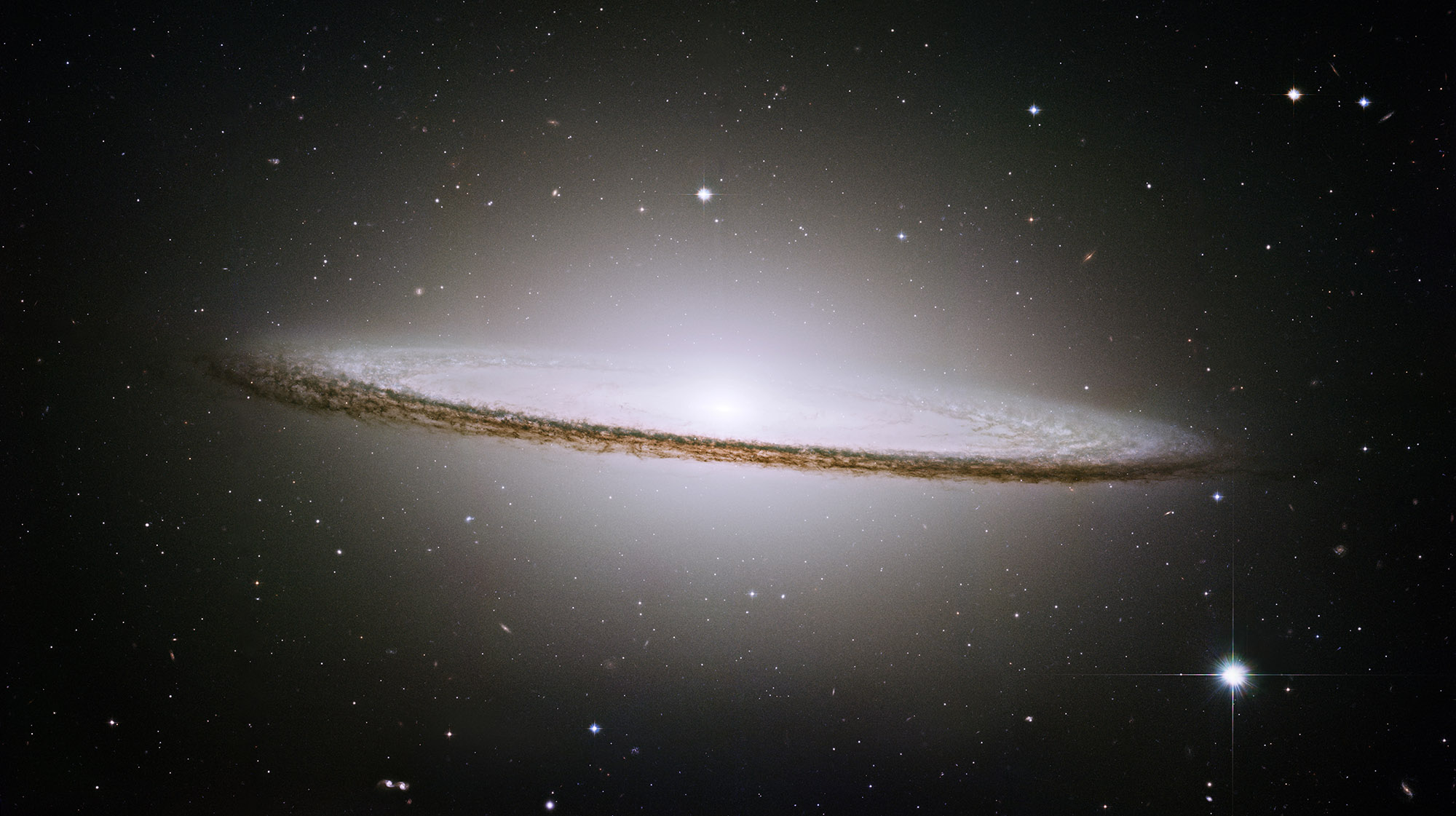Telescopes like the Hubble Space Telescope (HST) have shown us some utterly breathtaking images of our universe. Glowing gas, elegant swirls and mesmerizing colours. But is this really what the universe looks like? The answer is yes...and no. Image distortion is sometimes a by-product of the kind of camera taking the picture, but image alteration can sometimes tell us more about the object than the unprocessed version.
The Cameras
Space telescopes don’t work like regular cameras. Take the HST for example—it has many cameras on board, all of which do different things.
One of Hubble's cameras, Wide Field Camera 3, takes images in visible, near infrared and ultraviolet wavelengths. Also onboard are the Cosmic Origins Spectrograph and the Space Telescope Imaging Spectrograph, which take ultraviolet images. The Near Infrared Camera and Multi-Object Spectrometer (NICMOS) is Hubble’s heat detector which observes in infrared. This is helpful as it allows us to see through all the gas surrounding the centre of a nebula or galaxy.

Left: Visible. Right: Infrared. We can see here that the infrared wavelengths allow us to see the four stars called the Trapezium in the stellar nursery that is the centre of the Orion nebula.
So now we know how Hubble takes its pictures. Let’s find out what’s behind these beautiful colours...
Natural Colour
What would the cosmos look like if we could fly there in our spaceship? To find out, we need to simulate the colour cones of the human eye: red, green and blue. This method is simple. Hubble will take a picture with red, green and blue filters and then superimpose the images together to reveal the natural colour.

Above: The sombrero galaxy in true colour
Representative colour
In this case, astronomers will assign colours to different wavelengths, which reveal key features about astrophysical objects. Take higher energy objects like quasars and black holes for example, they often have jets and central active sites that can only be identified with longer wavelengths like radio, x-ray and gamma radiation. Space telescopes like the XMM Newton and the Chandra x-ray observatory are black hole and quasar detectors that use this very method.




Above: Relativistic jets from Centuras A galaxy (X-ray), A quasar (Radio), M87 galaxy (Visible), Hercules A galaxy (Multi Wavelength)
Enhanced colour
This is pretty much just for aesthetic value or perhaps more detail. Images of planets and nebulas often use this technique to really show off the more interesting features. Sometimes different colours will be assigned to the elements detected. In the image below, of the Eagle nebula, green is Hydrogen, blue is double ionized oxygen and red is singly ionized Sulphur.

Want to learn more about astrophotography? Check out the highly recommended Backyard Astronomer Guide and read up on 5 easy ways to bring out your inner astronomer. You can also join us at TELUS World of Science for some cosmic activities from May 14–15 for Astronomy Weekend!